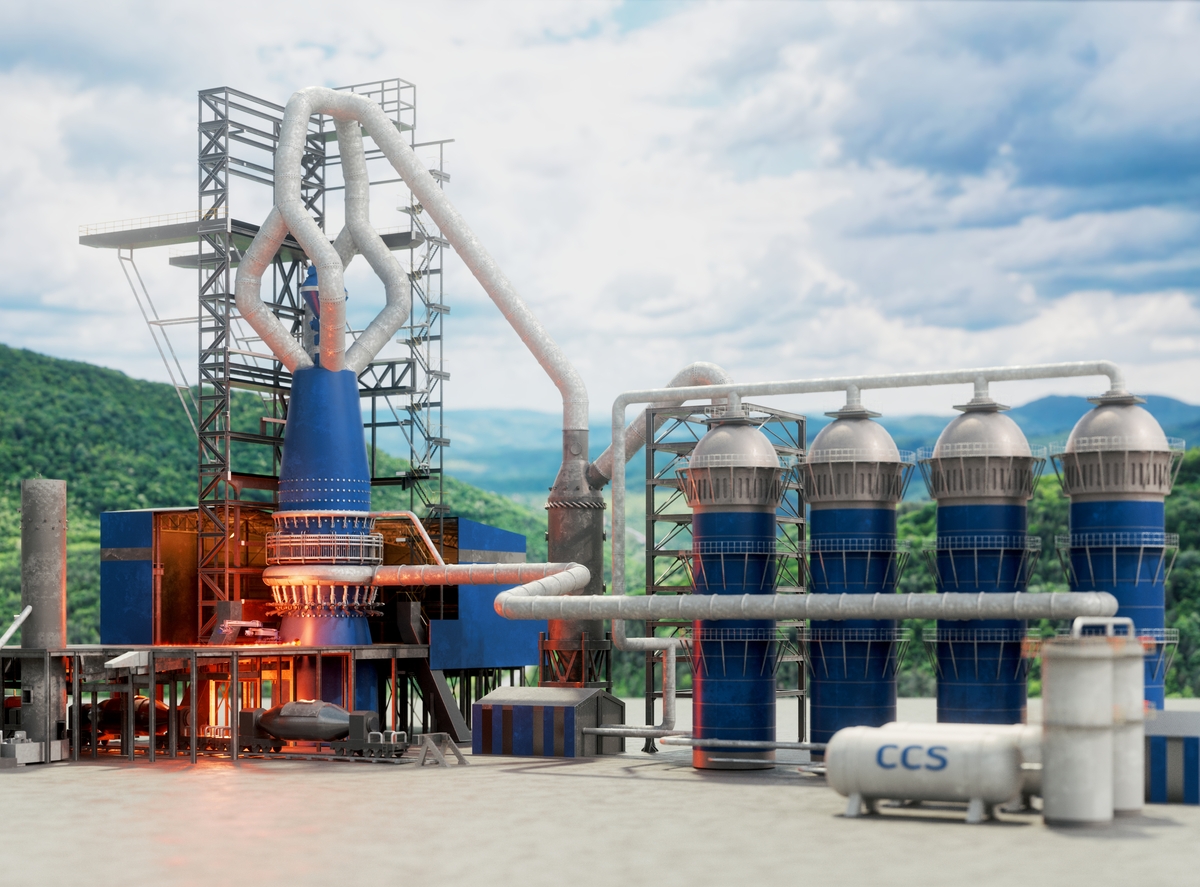CO2 reduction in steel industry
Background:
Today, three quarters of steel production is carried out using the so-called blast furnace process. This means that coke is required to extract oxygen from the iron ore to process it into pig iron. Every year, 2.6 gigatons of the greenhouse gas CO2 is released in this way worldwide. This corresponds to more than 7% of total CO2 emissions. Unless steel production is decarbonized as quickly as possible, the climate policy goals of the Paris Agreement will not be met. Experts around the world are working on making steel production more sustainable, for example through the use of green hydrogen. However, it will be years or even decades until these technologies are used on a broad front. Therefore, we need to take countermeasures now, that means, any technology that enables rapid reduction in CO2 emissions are highly welcomed.
Project:
In cooperation with our industrial partner Paul Wurth SA we have demonstrated how 0.5% of the global CO2 emissions can be reduced with moderate investments by modifying existing blast furnace technology for steel production. In the process, CO2 is recycled from the blast furnace gas and converted with coke oven gas into synthesis gas, which can be used as a coke substitute in the blast furnace. This process was demonstrated and validated in a pilot plant at Dillinger Hütte in Saarland.
Paul Wurth company has further optimized this process recently. The process was named EASyMelt and the company promises that CO2 emissions of any blast furnace can now be halved at moderate cost. One of the world’s largest steel producers, the Indian company Tata Steel, has meanwhile announced to retrofit one of its blast furnaces in India with EASyMelt.
Collaboration: Paul Wurth S.A., Luxembourg
Publications:
P. Blanck, G. Kass, K.P. Kinzel, O. Deutschmann. Dry reforming of steelworks off-gases in a pilot plant integrated into a steel mill: influence of operating parameters. Energy Advances 3 (2024) 123-130.
https://doi.org/10.1039/ d3ya00227f
S. Angeli, S. Gossler, S. Lichtenberg, G. Kass, A. Agrawal, M. Valerius, K. P. Kinzel, O. Deutschmann. Reduction of CO2 emission from off-gases of steel industry by dry reforming of methane. Angew. Chemie Intl. Ed. 60 (2021) 11852-11857.
https://doi.org/10.1002/anie.202100577
https://doi.org/10.1002/ange.202100577
Podcast on the process
Neues Verfahren macht Roheisenherstellung nachhaltiger. tema BVT Magazin für Beruf und Studium 2 (2024) 16-17.
G3857, ISSN 0722-2874
Klimahack soll Stahlproduktion umweltfreundlicher machen - ingenieur.de
Research & Technology Transfer: Climate hack for the steel industry (hannovermesse.de)
Klimahack für die Stahlindustrie - DGGV
Contact: Philipp Blanck, Sofia Angeli, Sabrina Goßler, Olaf Deutschmann

